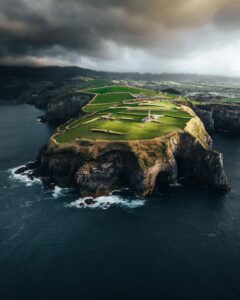
Photo tour in Azores, Portugal
Join us in the Azores for a unique photo tour, where you’ll elevate your creative skills with expert guidance from Ronald Soethje, Bruno Ázera, and Nomadict.
Kyle van Bavel is a macro photographer with a distinctive, dreamy style that transforms the unseen details of nature into magical worlds. In this article, he shares how his unique vision, shaped by a journey of self-learning and overcoming dyslexia, has become his greatest creative strength. Through his insights, we discover a powerful reminder that there is a quiet, hidden beauty all around us, waiting to be found.
It’s beautiful to realize that wherever we walk outside, there’s hidden beauty all around us. Whether it’s in a garden or a nearby park, if you look closely enough, you’ll find tiny, active worlds, like insects, flowers, or textures we usually overlook.
Macro photography has taught me to slow down and truly appreciate the small things, literally. It’s a reminder that there’s wonder in the details.
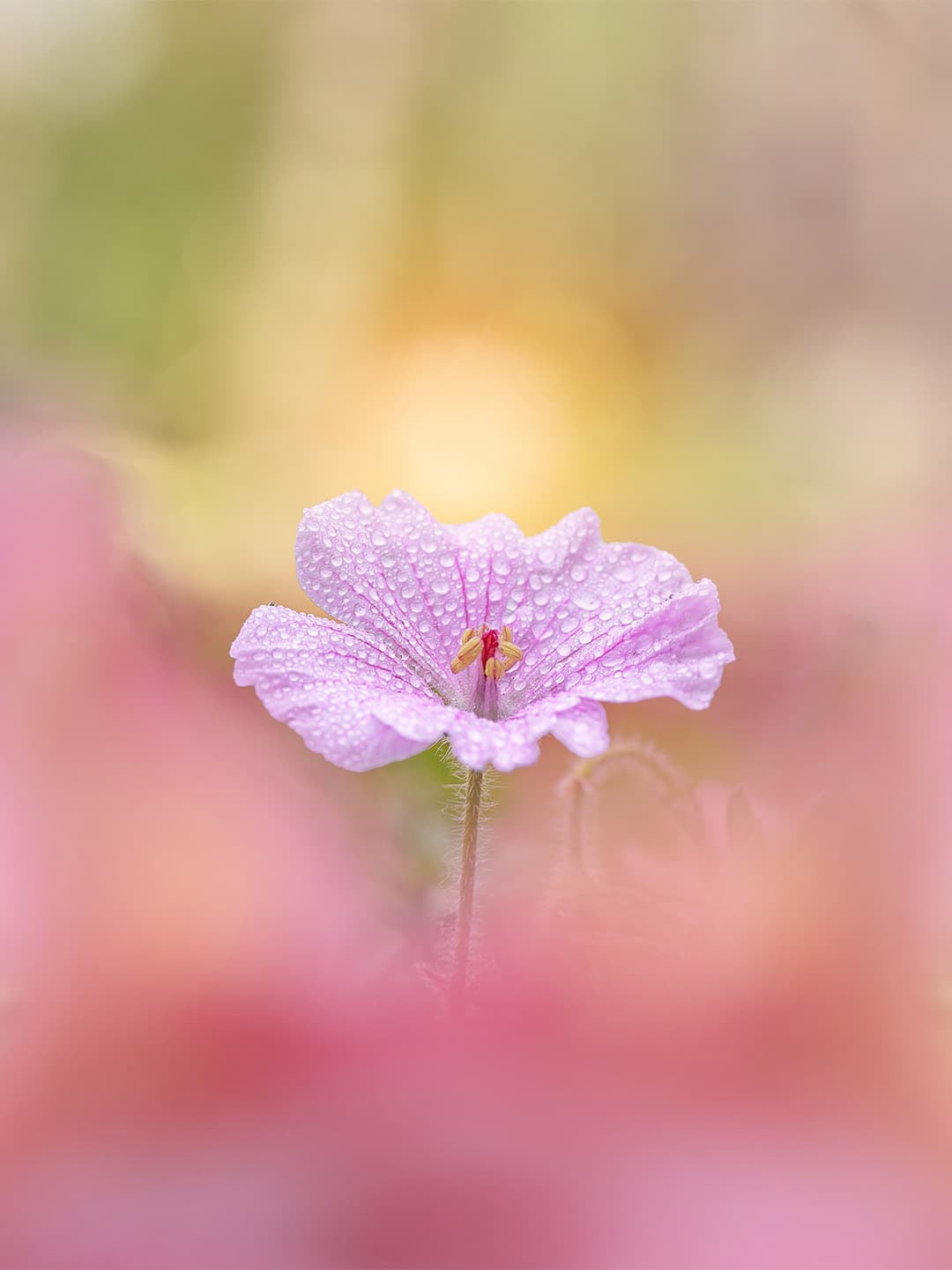
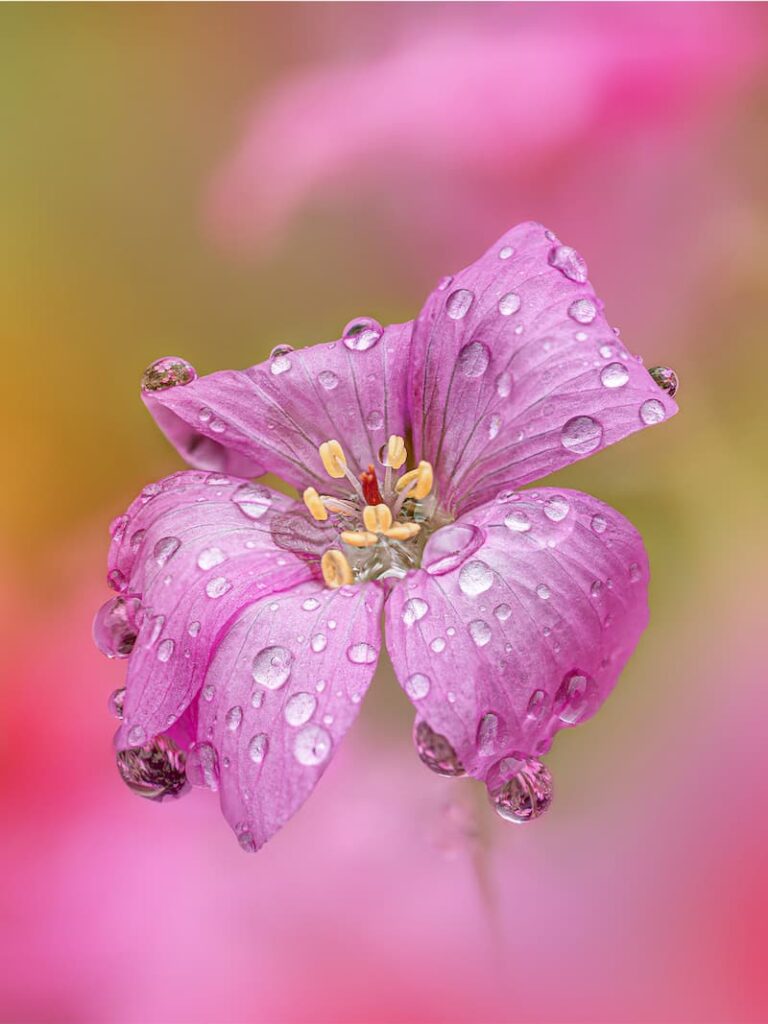
Due to my dyslexia, I naturally think in images rather than written words. This way of processing the world has profoundly shaped my creative journey.
I tend to visualize ideas, concepts, and stories as pictures in my mind, which gives me a unique perspective when it comes to photography. Instead of planning with notes or scripts, I imagine compositions, colors, and moods before I even pick up my camera.
This visual thinking allows me to focus deeply on the emotion and atmosphere of a scene, helping me create images that feel more intuitive and expressive. It also means I notice small details, shapes, patterns, and textures that others might overlook. Over time, I’ve taught myself how to translate those visual instincts into strong photographic work, whether through trial and error or simply by following what feels right in the moment.
In a way, dyslexia pushed me to develop my learning style and trust my creative instincts. It’s become one of my biggest strengths as a visual storyteller.
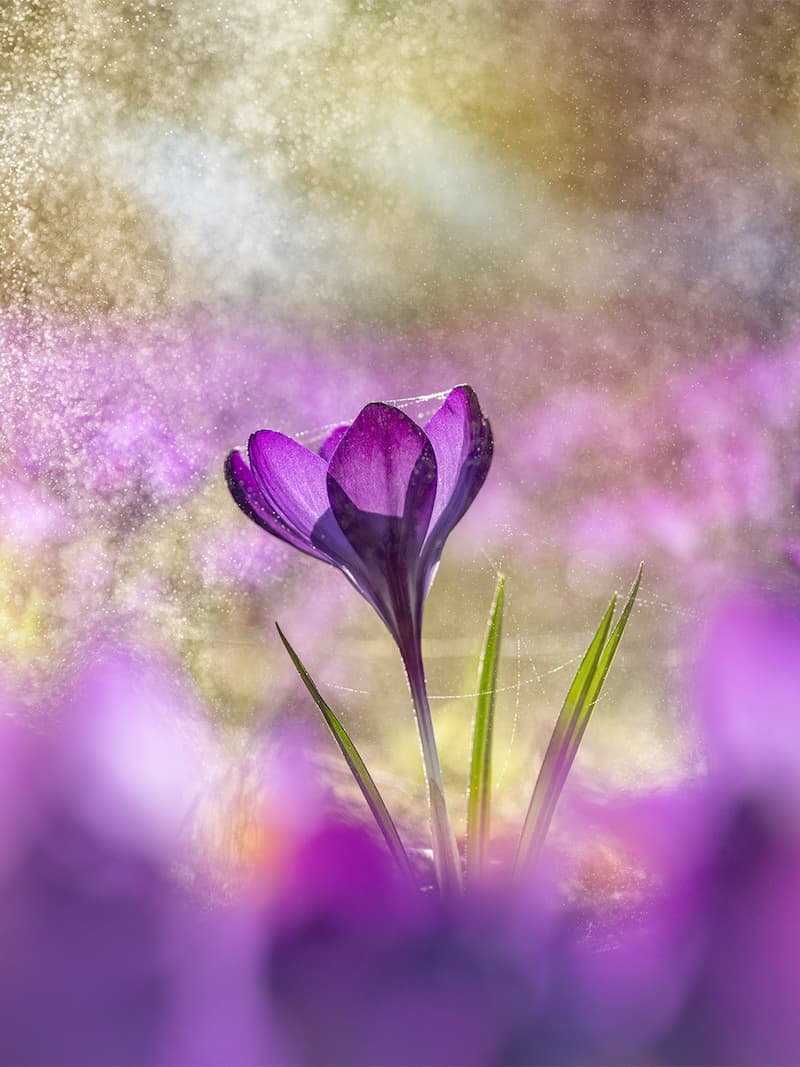
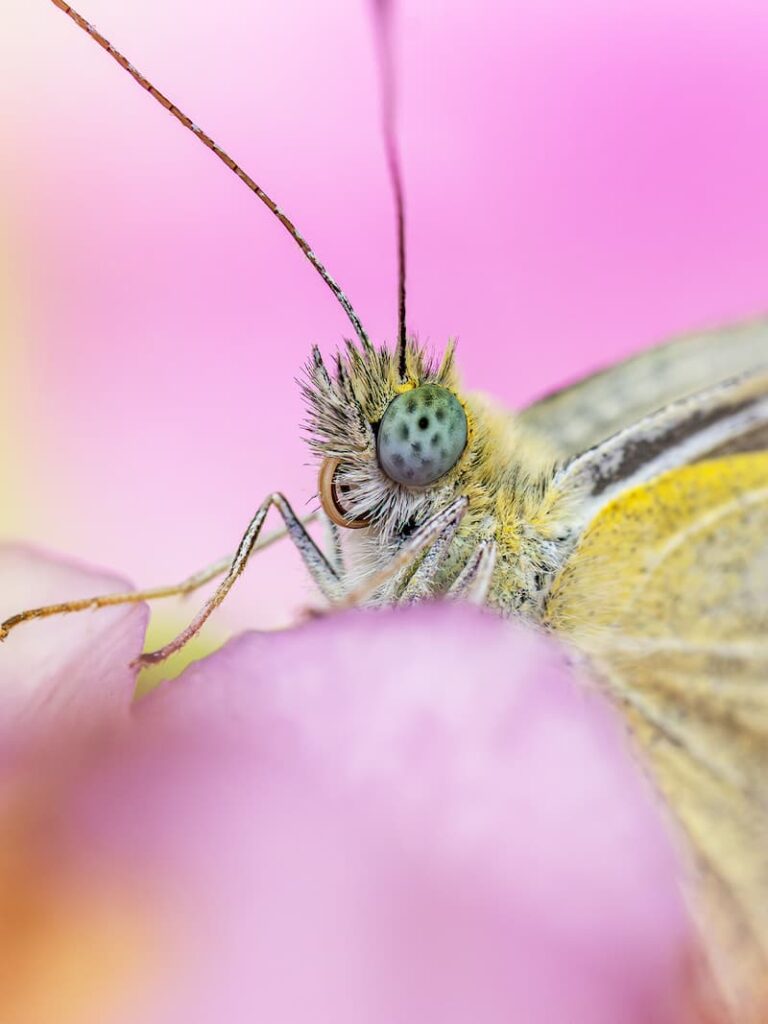
For me, it’s a mix of intuition, light, and just being present in the moment.
1) I love heading out whenever inspiration hits, sometimes early in the morning when the light is soft and fresh, and other times later in the day when golden hour casts everything in a magical glow.
I don’t always plan; it depends on how I feel and what the weather or light is doing that day.
2) Once I arrive at a location, I slow down and take the time to scan the surroundings. I look at what kind of flowers or insects are active, and I pay close attention to how the light interacts with them, whether it’s highlighting textures, creating shadows, or giving the background a dreamy blur. That combination of light and subject is where the magic starts for me.
3) People often joke and call me “eagle eye” because I’ve trained myself over the years to spot tiny details and strong compositions that others might miss. It’s not something I learned overnight; it’s a skill I developed by spending a lot of time in the field, learning how to see not just with my eyes, but with a creative mindset.
So in short, for me, the art of capturing a scene involves intuition, guided by years of practice, a love for light, and a curiosity for the small, often-overlooked moments in nature.
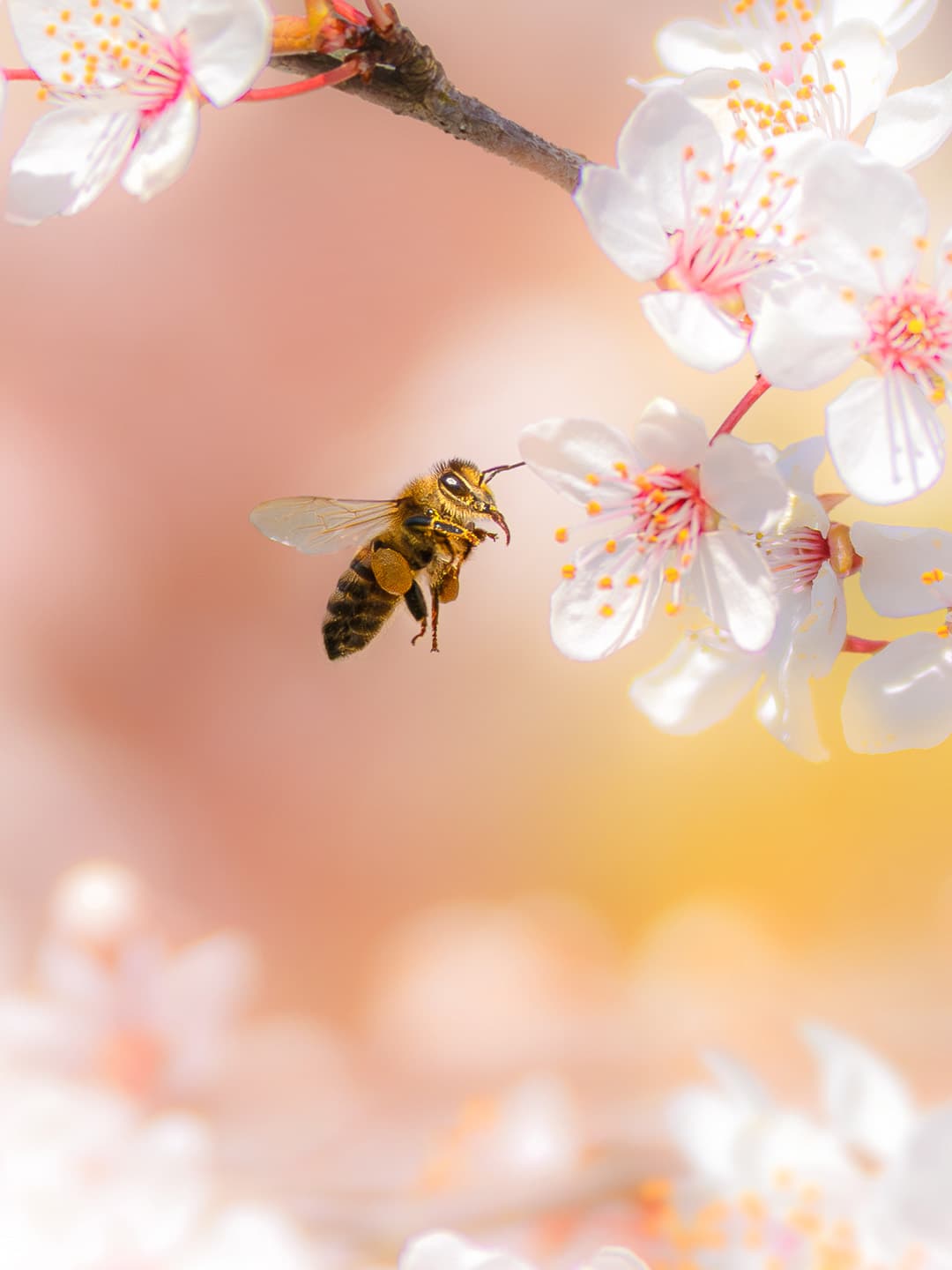

1) One of the biggest challenges in macro photography, especially when shooting outdoors, is the weather. Even a light breeze can feel like a storm when you’re photographing at high magnification.
The tiniest movement becomes exaggerated through the lens, making your subject, or even your camera, shake just enough to ruin a shot. Wind, in particular, can be incredibly frustrating when trying to capture small details with precision.
To work around this, I often look for sheltered spots in nature, places where trees, bushes, or natural barriers block or soften the wind. These little pockets of calm can make a huge difference. Sometimes, I even use my body or gear bag as a windbreak to stabilize the scene as much as possible.
2) Another common challenge is photographing insects. They’re fast, unpredictable, and often fly away just when you’re about to press the shutter.
It might sound simple, but patience is essential. I’ll often spend quite a bit of time observing their behavior, seeing where they land, how they move, and what flowers they’re drawn to. By slowing down and allowing the subject to come to me, I’m more likely to get a sharp, natural-looking shot.
Over time, you learn to adapt and work with nature, not against it. And honestly, that’s part of what makes macro photography so rewarding; it teaches you to slow down, pay attention to the small things, and find beauty in the details.
1) Start slow and keep it simple. One of the best ways to learn is by experimenting without overcomplicating things. Get to know your camera; take time to play with your settings, especially aperture and shutter speed, to see how they affect your final image. Macro photography is all about precision, and learning how your camera behaves at close range is a huge step forward.
2) When it comes to depth, think creatively. Use your surroundings, flowers, leaves, or even light spots in the background to build layers and atmosphere in your photo. For example, placing another flower just in front of or behind your subject can create a beautiful blur of color and add visual depth that draws the viewer in.
3) While a tripod can be helpful, I recommend starting without one. Handholding your camera gives you more freedom to explore different angles, perspectives, and compositions. You’ll be surprised how much more dynamic and personal your shots can become when you’re not locked to one position.
Of course, there’s a learning curve. You might struggle with focus at first, and some shots will be out of alignment. That’s normal. But every “missed” shot teaches you something. Over time, your eye for detail, your understanding of depth, and your instinct for focus will all improve. And trust me, it’s worth the effort!
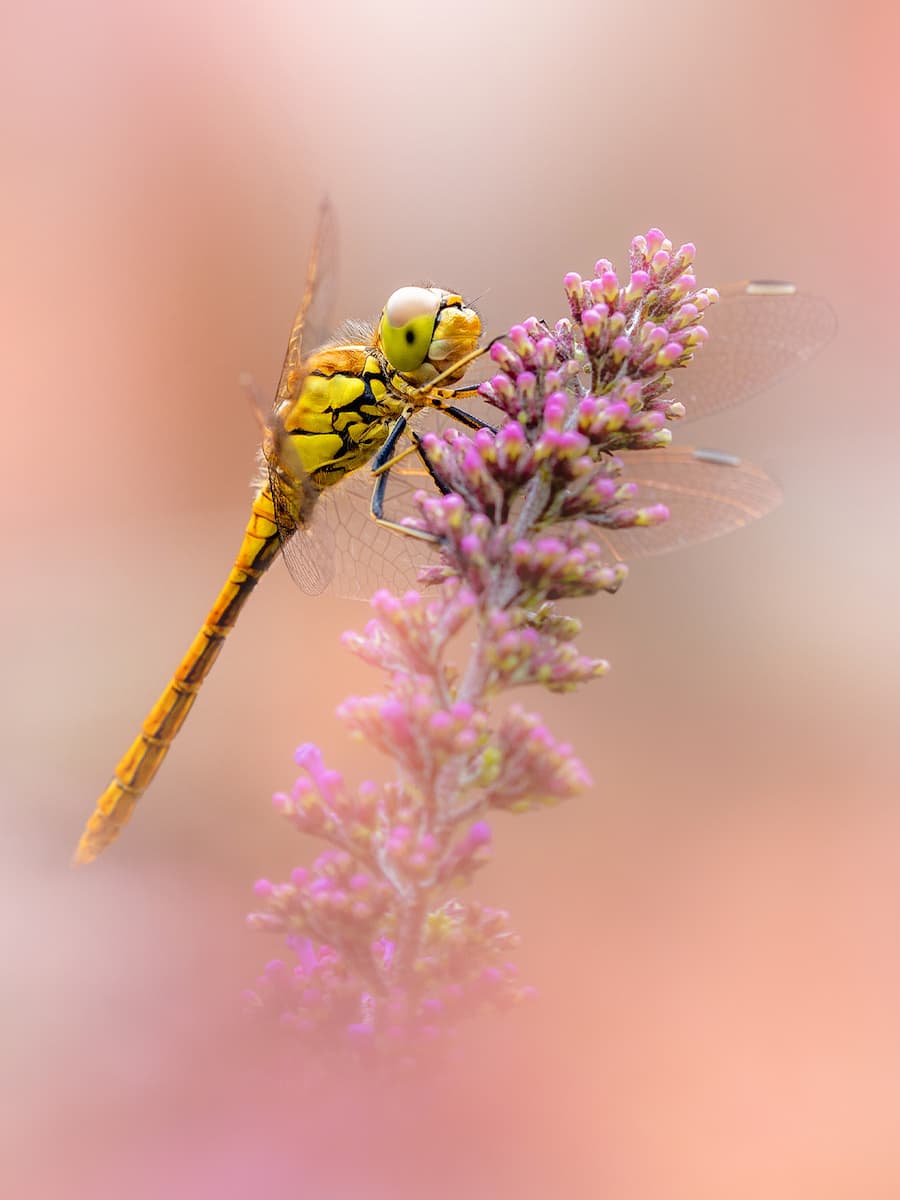
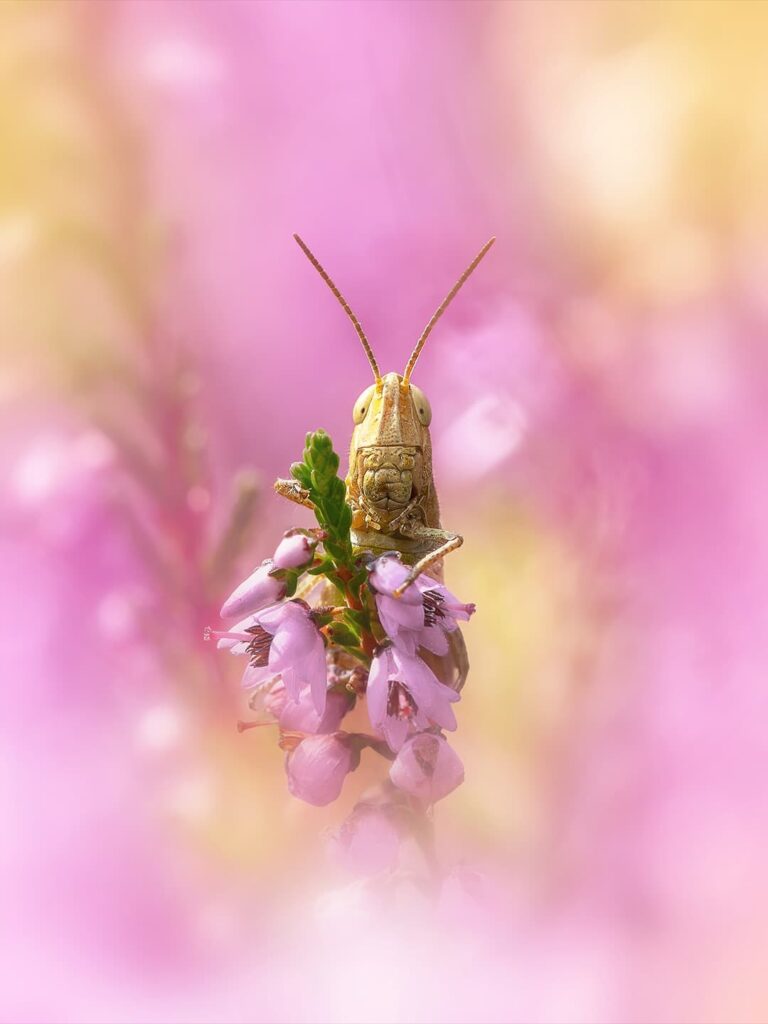
I’m drawn to soft, dreamy colors like green, pink, yellow, and white. These shades feel calm, natural, and a bit whimsical, just like the little worlds I try to capture through my lens.
These colors often appear in my work because they enhance the serene and magical atmosphere I love to create. Whether it’s the fresh green of a leaf, the gentle blush of a petal, or the warm glow of sunlight, these tones help tell the quiet stories I see in the small details around me.
Color and mood play a big role in how I tell stories through my macro photography:
1) For me, it all starts with the light. I usually head out during moments when the light is soft, ideally just after sunrise or before sunset. I avoid harsh midday sun, but I also try not to shoot when it’s completely overcast.
I’m always looking for that gentle, natural glow that adds warmth and depth to a scene without washing it out.
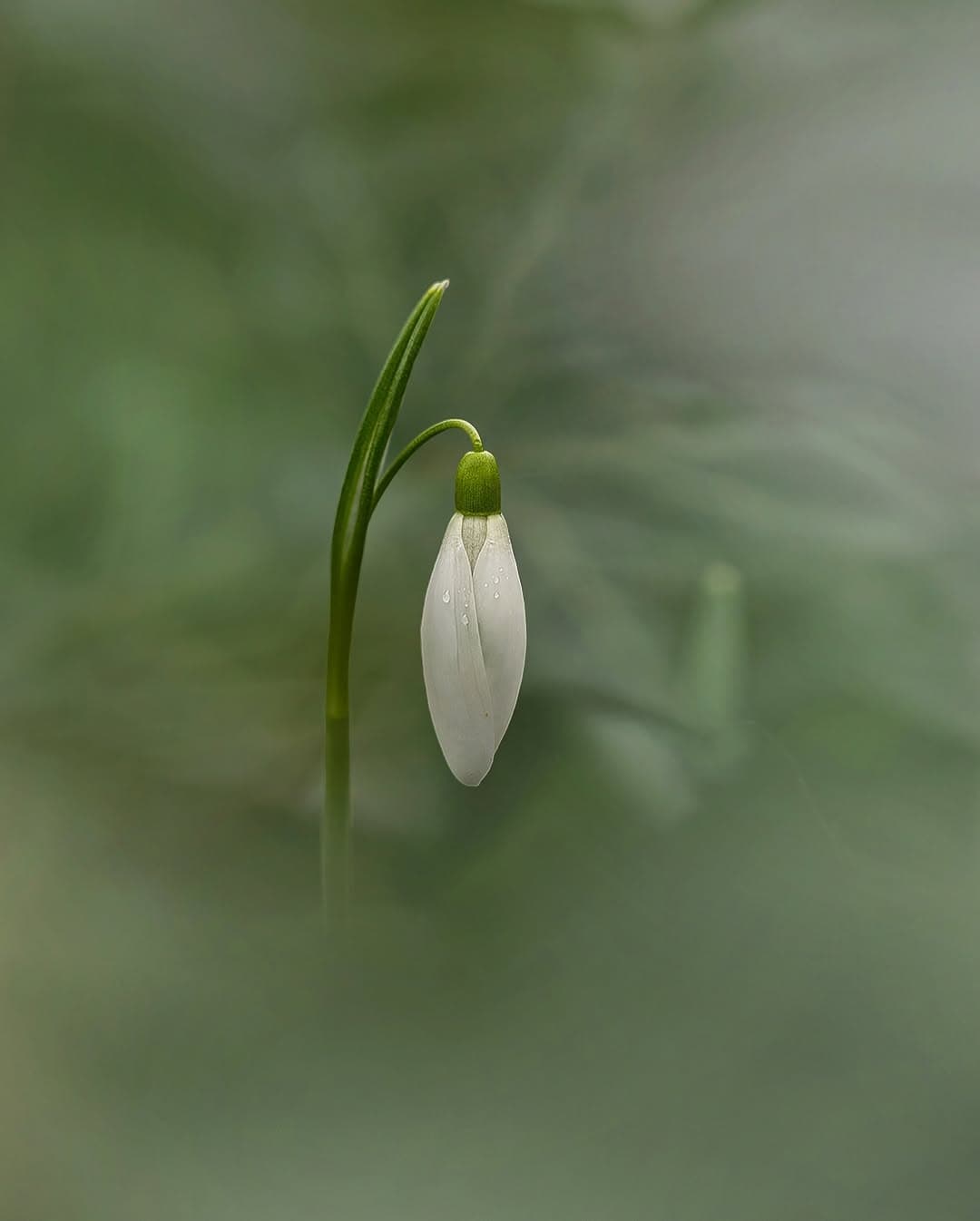

2) Once I spot a subject, I pay close attention to how I position myself. I often shoot through foreground elements—like leaves, flowers, or blades of grass—to add softness and create that signature dreamy feel.
Combining these layers with the right background colors helps give the photo a painterly, almost magical vibe. I also like to experiment with creative angles, which allows me to highlight details while making the composition feel more immersive and ethereal.
3) When it comes to editing, I like to keep things natural, but polished.
I use Adobe Lightroom Classic and Photoshop for my post-processing. I usually focus on enhancing contrast, lifting shadows, and fine-tuning the colors slightly to match the mood I felt in the field.
4) But honestly, my goal is always to get as close as possible to the final image straight out of the camera. The editing phase is more about subtle refinement than major changes. I see it as the final brushstroke on a piece that was already nearly finished the moment I pressed the shutter.
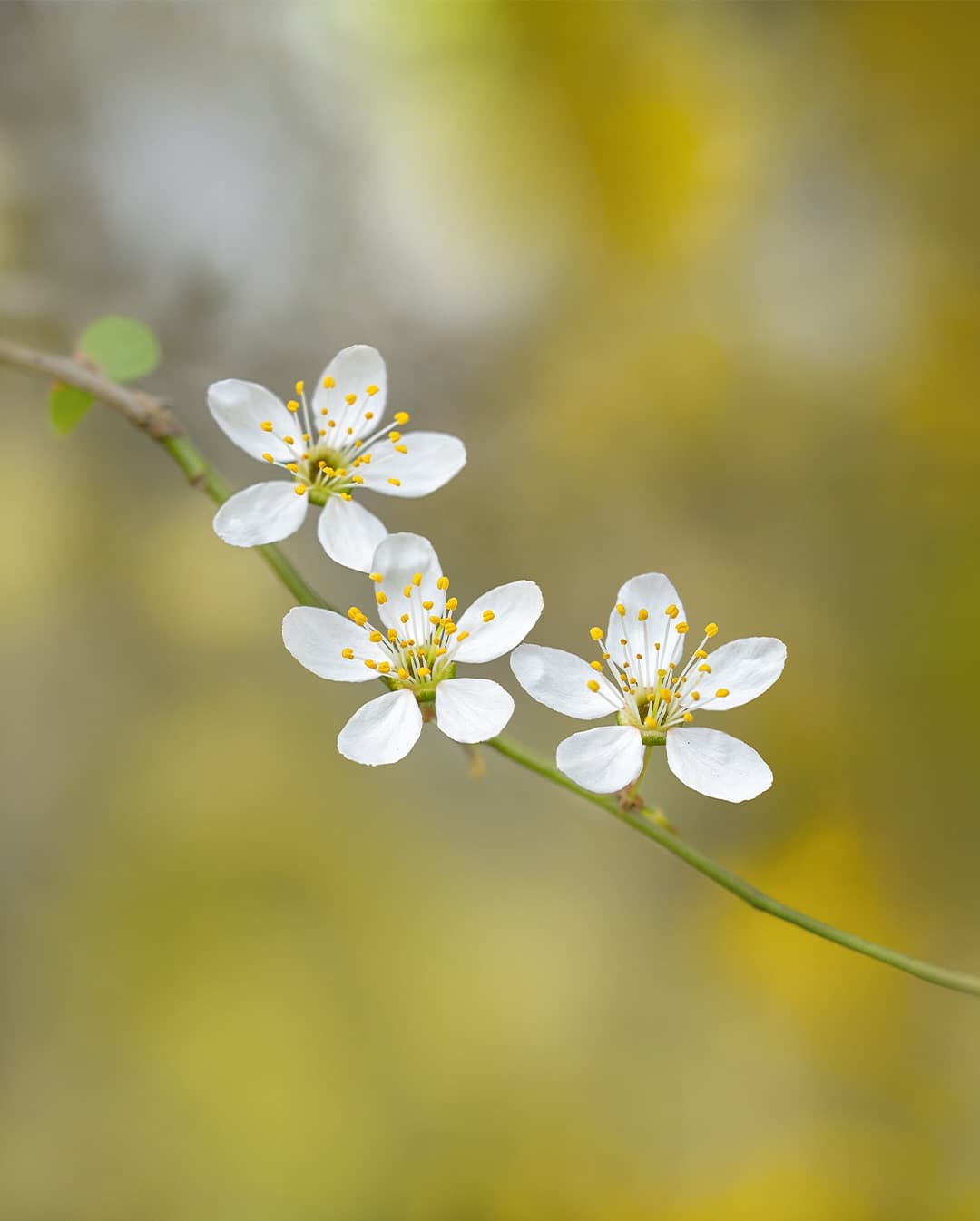

One of the biggest mindset shifts for me has been learning to be patient. In the beginning, I used to move around constantly, always searching for the perfect subject or scene. But over time, I discovered that if I just stay still in one small area and truly observe, an entire hidden world starts to reveal itself. Especially in macro photography, there’s so much life and beauty in the tiniest places; you just have to slow down and give it time to show itself.
Another important shift was letting go of the “rules” I thought I had to follow. I started experimenting more: trying out unusual angles, changing my camera settings to push creative boundaries, and not being afraid to break the so-called photography guidelines.
Thinking outside the box has allowed me to capture images that feel more personal, more alive, and that’s what photography is really about for me.
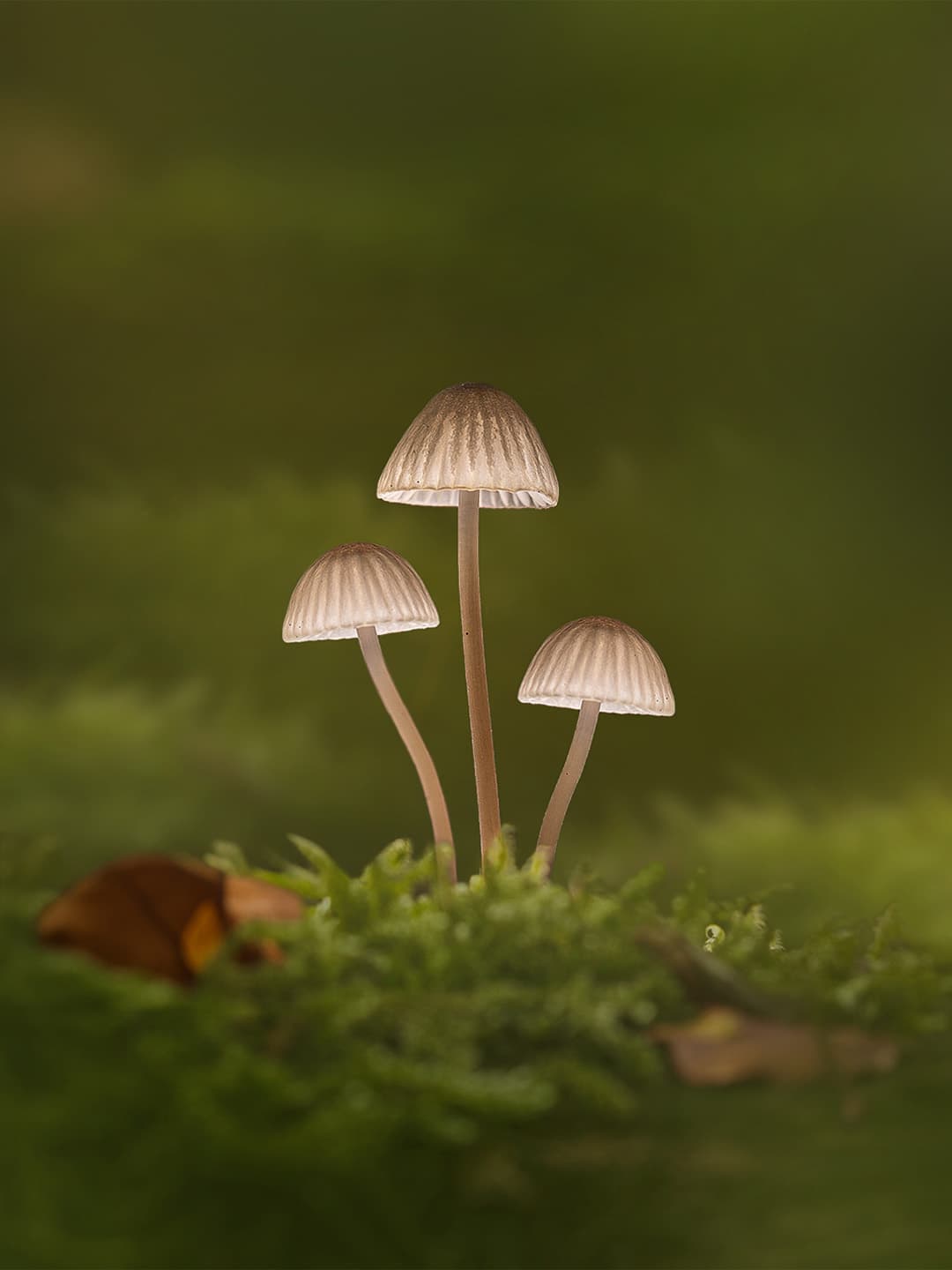
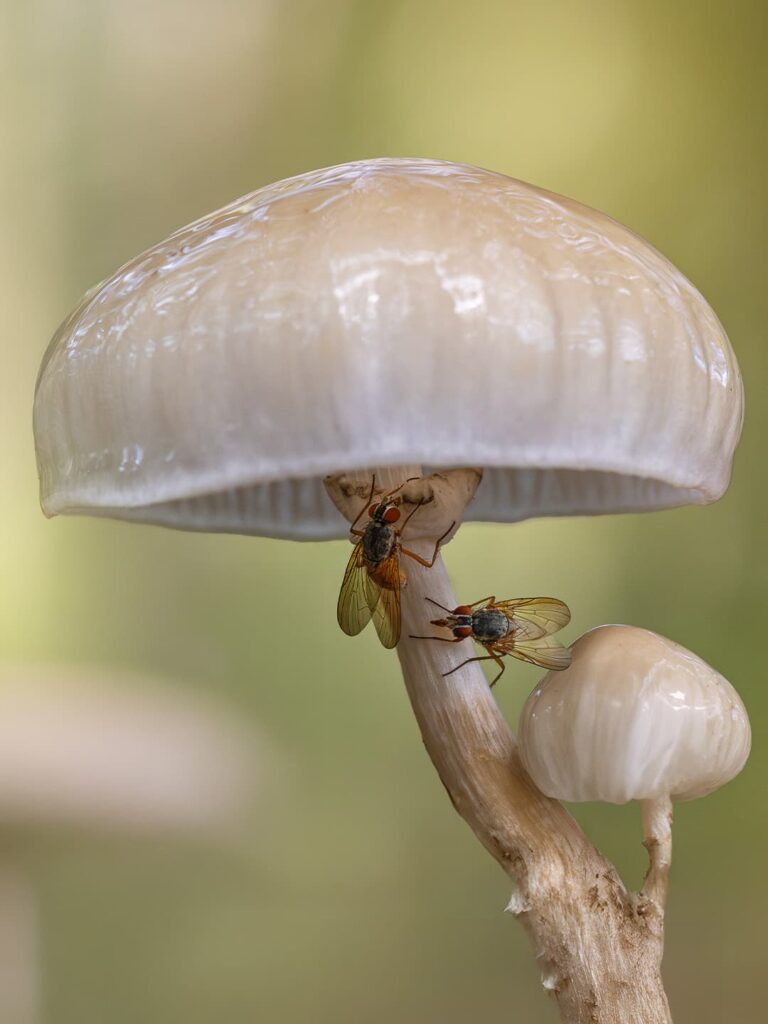
I host macro photography workshops, and it’s honestly one of the most rewarding parts of what I do.
I regularly hear from participants that the biggest thing they take away isn’t just the technical tips, but a new way of seeing. I teach them to look differently at flowers, insects, and the small wonders of nature, things they might’ve overlooked before.
Sometimes it’s just a tiny adjustment in perspective or a shift in how they frame a subject, but that small change can have a huge emotional impact. It’s like opening a door to a hidden world. I love seeing people light up when they realize how magical and full of life that tiny world is.
And of course, I feel incredibly grateful that people not only enjoy my work but also want to learn from me. It’s an honor to help others connect more deeply with nature and express their creativity through macro photography.

Join us in the Azores for a unique photo tour, where you’ll elevate your creative skills with expert guidance from Ronald Soethje, Bruno Ázera, and Nomadict.
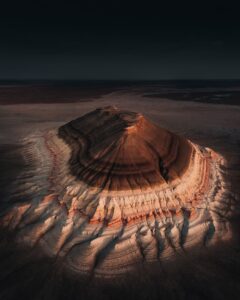
In this article, Forest shares how years of chasing scale, silence, and raw landscapes shaped his approach to photography, from the deserts of Kazakhstan to the volcanic ridges of Iceland. He talks about how he uses light, texture, and vast negative space to create images that feel both intimate and overwhelming.
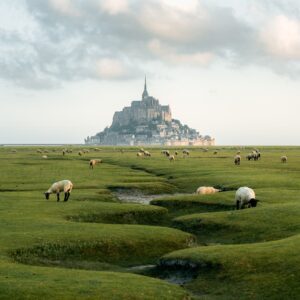
Simon shares the journey behind his photography, from early inspirations to field techniques, editing, and the story of the winning shot that shaped his path.

In this article, Miro shares how his love for cinematic music evolved into a deep passion for photography and how he uses light, color, and atmosphere to turn the streets of Prague into living film scenes.

In this article, Stefanie reveals how her background in physics sparked her passion for astrophotography and how she blends science with creativity to capture the beauty of the night sky. Readers will discover her approach to color, contrast, and editing, as well as her aurora photography workflow.

Spanish photographer Yhabril captures the profound connection between humans and the mountains that shaped him. Growing up in the Pyrenees, his work bridges outdoor sports, landscapes, and celestial scenes — often blending athletes, moonlight, and wilderness into striking visual stories.

In this article, Ariane shares how photography helped her navigate personal challenges, connect authentically with people and animals, and develop a philosophy rooted in empathy and artistic freedom. Readers will also discover her ethical approach to wildlife photography and her trusted equipment for both camouflage techniques and cameras.

Discover how to photograph Dutch tulip fields in their most magical light. From choosing the right gear and lenses to mastering composition, color, and aerial perspectives, this guide shares creative techniques to capture the beauty of the Netherlands’ tulips. Learn how light, color grading, and proportion bring emotion into every frame.
